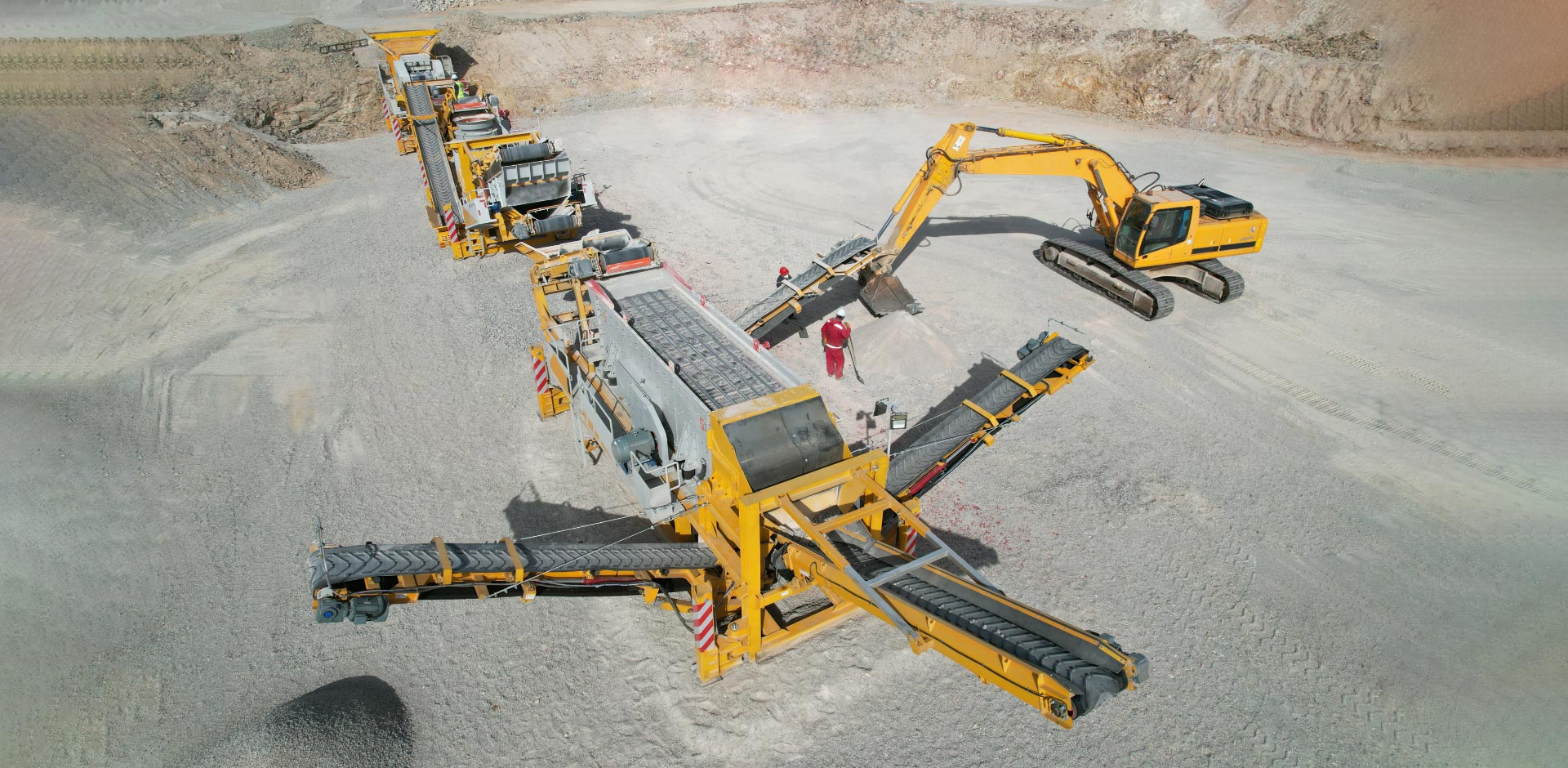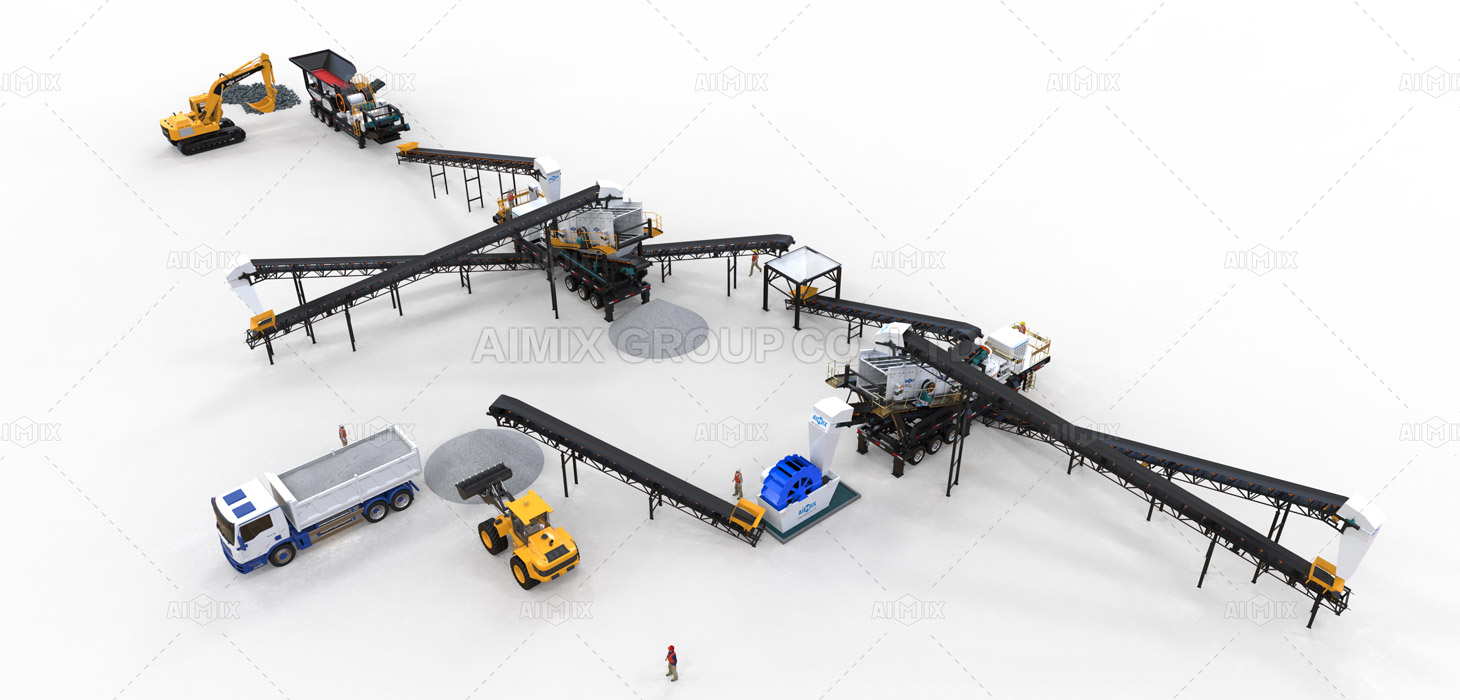Limestone, a sedimentary rock composed primarily of calcium carbonate, is a fundamental material used in various industries, including construction, agriculture, and manufacturing. Crushing limestone into smaller, manageable pieces or specific sizes is crucial in these applications. This article explores the methodologies and equipment used in the limestone crushing process, ensuring efficiency and precision.
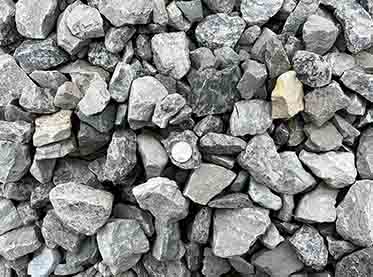
Understanding Limestone’s Importance
Limestone has a vast array of uses, from being a primary ingredient in concrete to serving as a soil conditioner in agriculture. Its unique properties, such as durability and solubility in water, make it ideal for such diverse applications. However, to utilize limestone effectively, it must first be crushed into the desired size, which facilitates its further processing and application.
The Crushing Process
Crushing limestone involves breaking down the large rocks extracted from limestone quarries into smaller pieces. This process typically occurs in stages to achieve the desired product size, ranging from large chunks to fine dust.
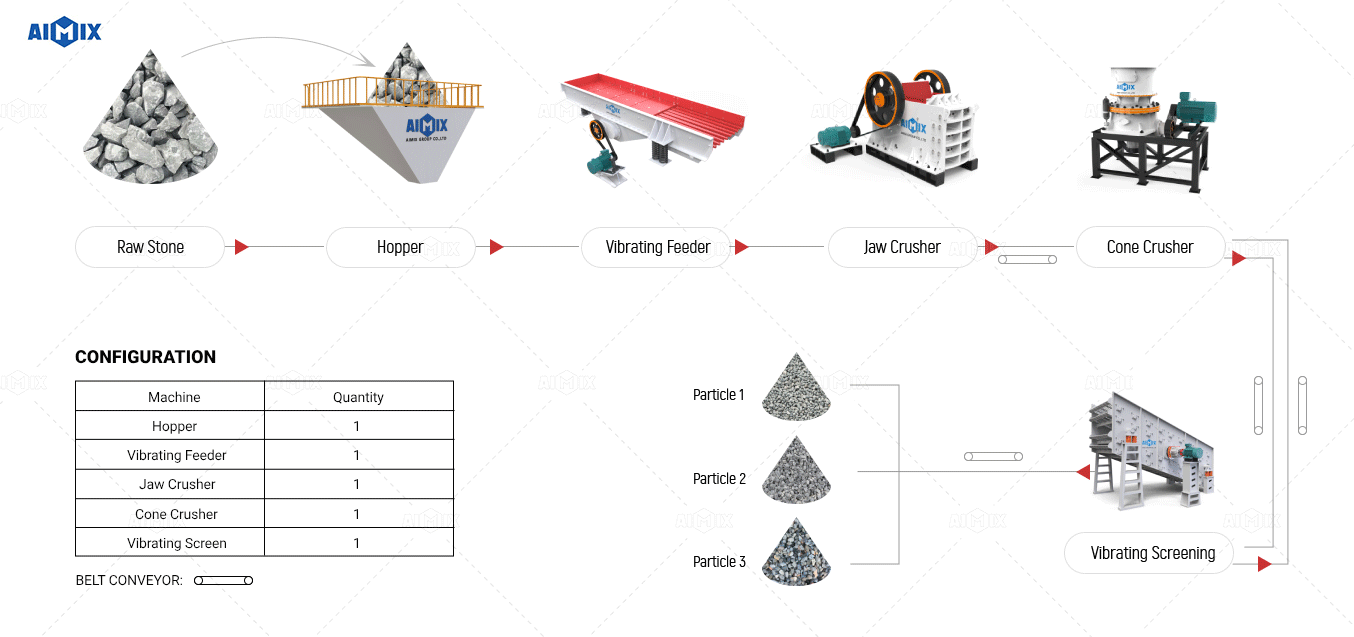
Primary Crushing
The initial stage involves reducing the quarry’s large blocks into more manageable sizes using a jaw crusher machine or gyratory crusher. This primary crush turns big rocks into coarse aggregates or lumps suitable for further processing.
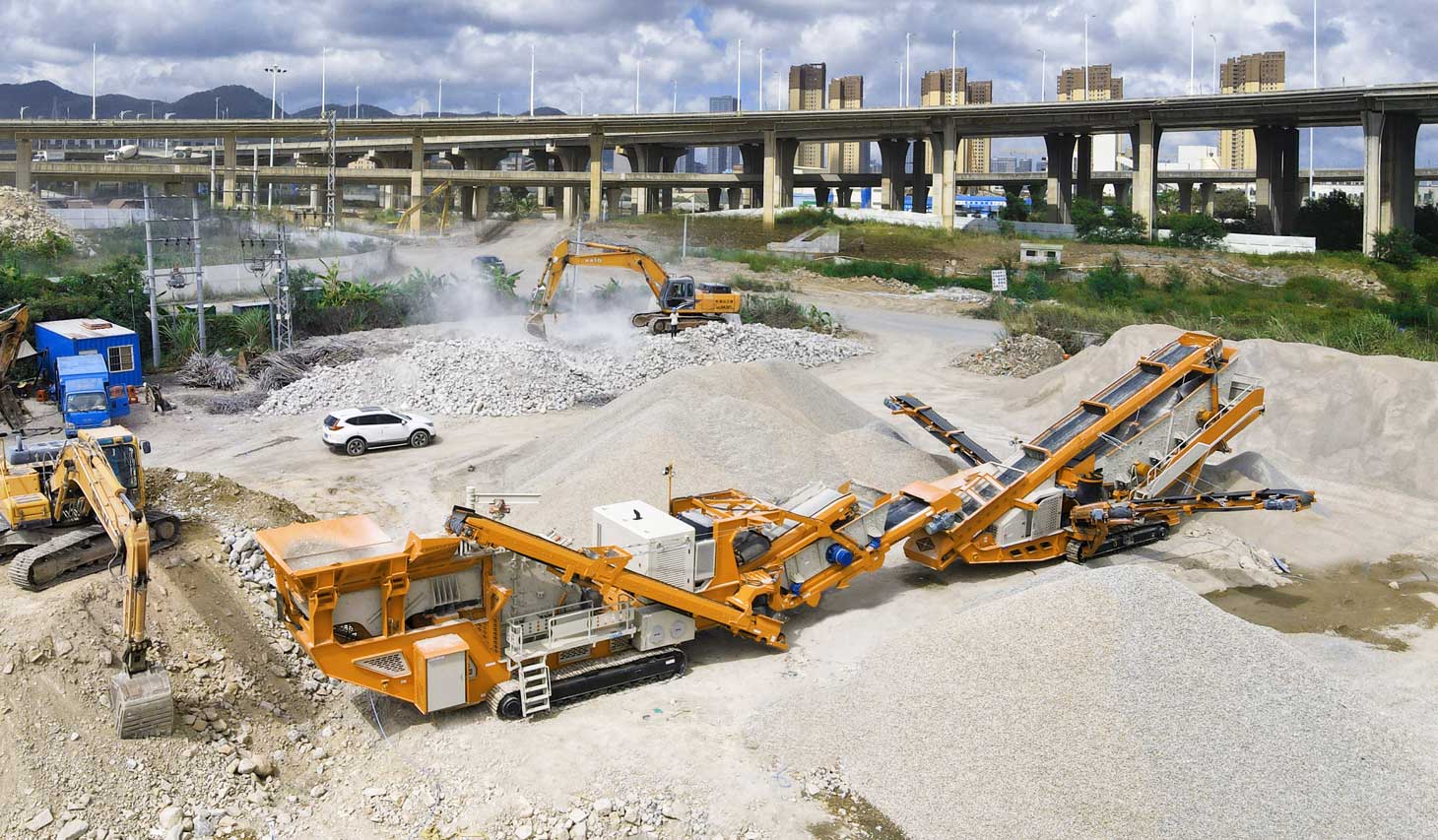
Secondary and Tertiary Crushing
Following the initial breakup, secondary and tertiary crushing processes refine the material to the required size. Impact crushers, cone crusher machine, or hammer mills are utilized in these stages. The choice of equipment depends on the final application of the crushed limestone.
Screening and Washing
After crushing, the limestone particles are screened and washed. Screening sorts the limestone particles by size, separating them into various grades, while washing removes impurities and prepares the limestone for its final use. This step is critical in ensuring the quality and purity of the limestone product.

Equipment Used in Limestone Crushing
The efficiency of limestone crushing depends significantly on the type of equipment used. Here are some of the machines commonly employed in the limestone crushing process:
- Jaw Crushers: Ideal for the primary crushing stage, they reduce large rocks into smaller stones.
- Impact Crushers: Used in secondary or tertiary stages, they produce more finely shaped particles and are ideal for softer stones like limestone.
- Cone Crushers: Also used for secondary or tertiary crushing, they provide high-quality end products with excellent shape.
- Hammer Mills: Effective at pulverizing stones into even finer materials, though they result in a higher percentage of fines.
Conclusion
Crushing limestone is a meticulous process that requires specialized equipment and knowledge of the material’s properties. Whether for construction aggregates, agricultural purposes, or chemical processing, the crushed limestone must meet specific size and purity criteria. Modern crushing technologies and methods have made it possible to produce high-quality limestone products that meet the diverse needs of various industries. By understanding the crushing process and utilizing appropriate equipment, companies can ensure efficient and effective production of limestone products.
